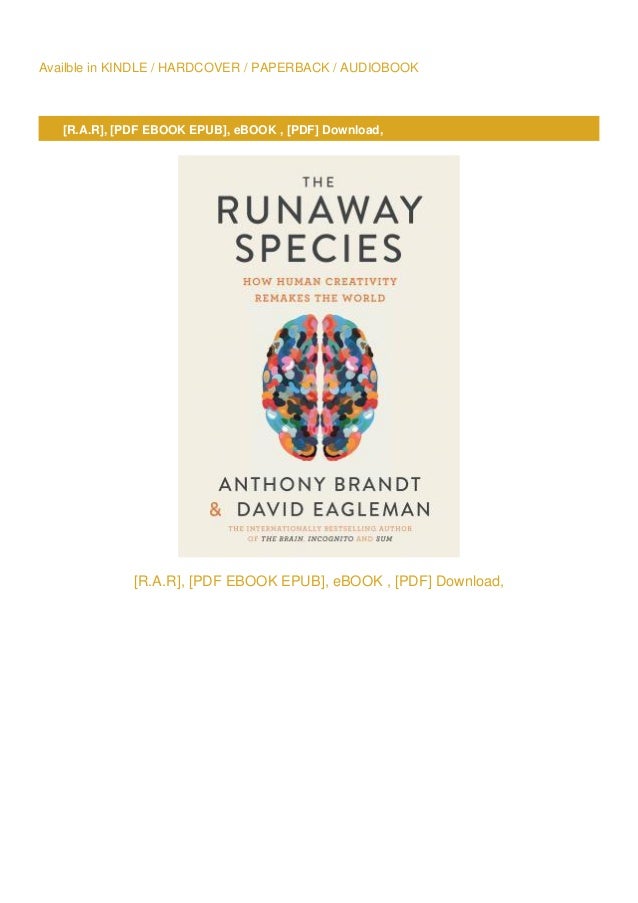
Even so, at under 70% it was nonetheless not universally chosen. This is the use of existing knowledge as a basis for new ideas. By contrast, the top characteristic, stressed by 11 of the 16 authors, seems to still hold. Given the emphasis on transdisciplinary work in the 21st century, I would guess that this factor would not rank as high today. Nine of the experts, the second highest number for any trait, argued for specialization (or creativity in a particular domain) in 1988. Equally striking 30 years later is that the distribution of the 20 relevant characteristics they identified seems dated now. Among them were Mihaly Csikszentmihaly, Howard Gardner, Howard Gruber, and Dean Simonton. One striking feature of the chart is that each author stressed multiple traits and yet no single trait was postulated by every one of the renowned contributors.

In it he summarizes the views of 16 authors who contributed to an anthology he edited on this subject in 1988. In terms of discovery and human psychology, a good touchstone is a graphic that the creativity researcher Robert Sternberg put together titled “Cognitive Characteristic of Creative Persons”. I cannot answer why we easily comprehend the meaning in both instances, but I do know that creativity’s amorphous and multidimensional reality is tantalizing even if our use of the word spans a spectrum of activities.

Although creating a mess is not qualitatively the same as creating an original mathematical equation, what the word ‘creating’ denotes in each case is nonetheless clear.


 0 kommentar(er)
0 kommentar(er)
